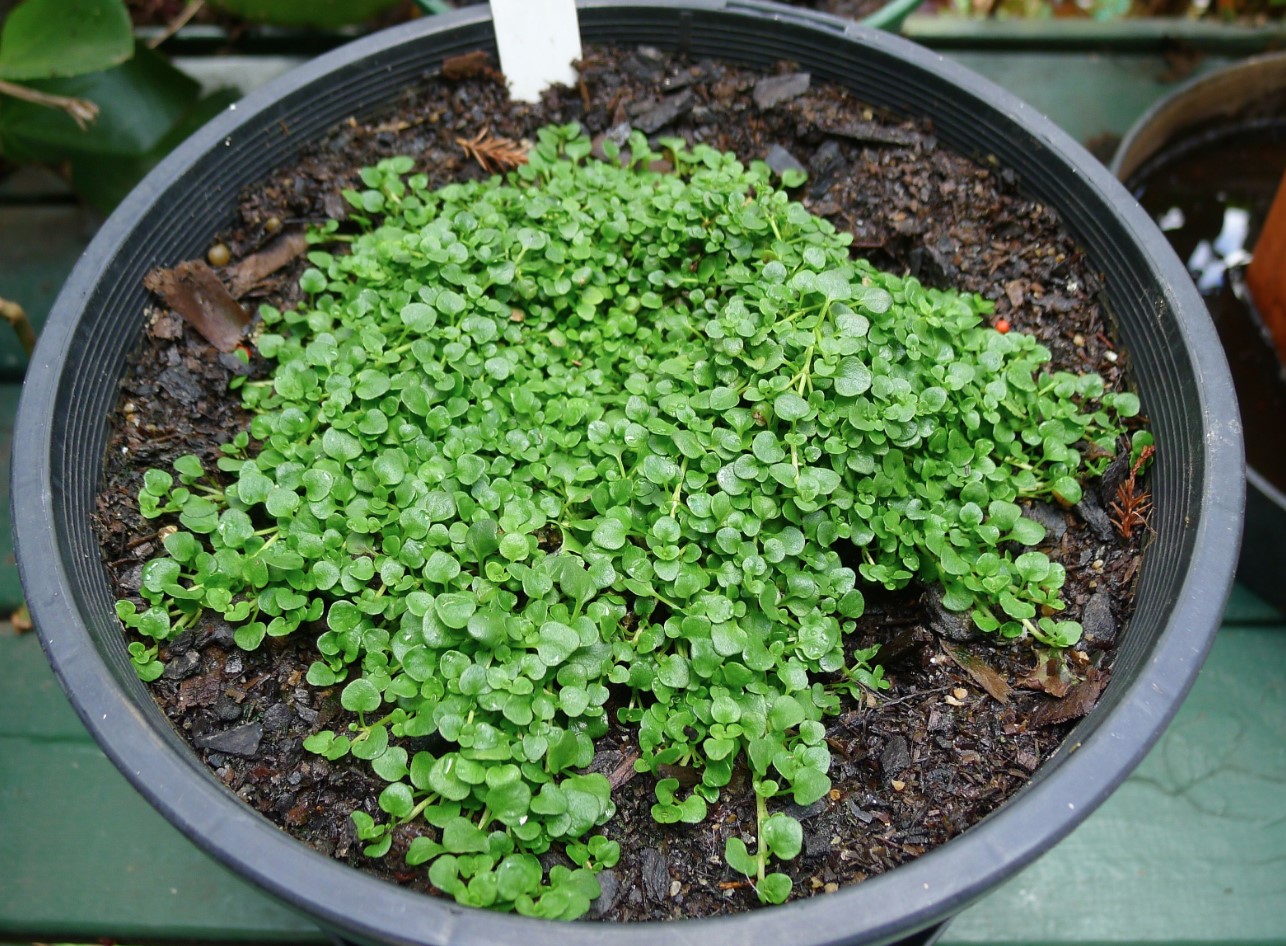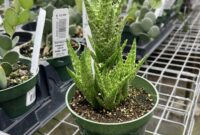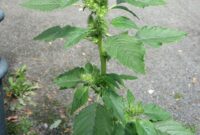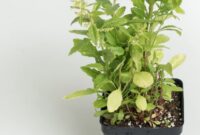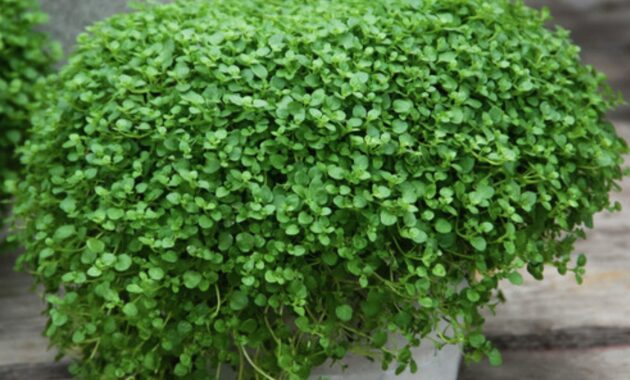
What is Mentha requienii?
Mentha requienii, often referred to as Corsican mint, is a delightful ground cover plant that adds a touch of elegance and fragrance to any garden. Native to the Mediterranean island of Corsica, this low-growing mint variety is prized for its compact habit, aromatic foliage, and ability to thrive in various conditions.
Growing Mentha requienii
Light Requirements:
Corsican mint thrives in both full sun and partial shade. However, it’s important to note that excessive heat and direct sunlight can scorch the leaves. In regions with hot summers, planting it in a slightly shaded area can help maintain its vibrant color and prevent stress.
Water Requirements:
While Mentha requienii is drought-tolerant once established, it benefits from regular watering, especially during dry spells. However, avoid overwatering, as soggy soil can lead to root rot.
Soil Preferences:
This versatile plant adapts well to various soil types, but it prefers well-draining soil rich in organic matter. Adding compost or well-rotted manure to the soil before planting can improve its growth and health.
Propagation:
Corsican mint can be easily propagated through division or stem cuttings.
- Division: In spring or fall, carefully dig up a mature plant and divide it into smaller clumps, each with healthy roots and shoots. Replant the divisions in well-prepared soil, spacing them about 6-12 inches apart.
- Stem Cuttings: Take 4-6 inch stem cuttings in spring or summer. Remove the lower leaves and dip the cut end in rooting hormone. Plant the cuttings in a pot filled with moist potting mix and place them in a warm, bright location. Once the cuttings have rooted, transplant them into the garden.
Mentha requienii Uses and Benefits
- Ground Cover: Its low-growing habit and dense foliage make it an excellent choice for ground cover, suppressing weeds and creating a lush, green carpet.
- Edging: Corsican mint can be used to create attractive borders along pathways, garden beds, or patios.
- Container Gardening: It thrives in containers, adding fragrance and beauty to balconies, patios, and window boxes.
- Culinary Herb: Although not as widely used as other mint varieties, Mentha requienii can be used to flavor dishes and beverages. Its delicate flavor adds a subtle minty note to salads, desserts, and cocktails.
- Medicinal Properties: Like other mint species, Corsican mint is believed to have various medicinal properties, including aiding digestion, relieving headaches, and promoting relaxation.
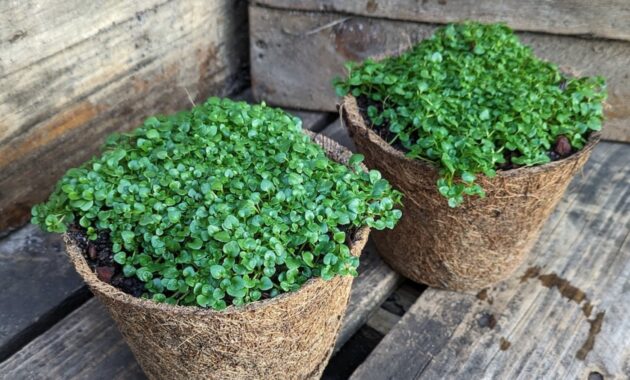
Mentha requienii Companion Plants
Corsican mint pairs well with various plants, including:
- Other Herbs: Thyme, rosemary, and sage complement its minty fragrance and create a harmonious herb garden.
- Ornamental Grasses: Feathery grasses, such as feather reed grass or Japanese forest grass, add height and texture to the planting.
- Perennials: Lavender, roses, and daylilies create a beautiful and fragrant combination with Corsican mint.
Mentha requienii Indoor Care
While Corsican mint is primarily an outdoor plant, it can be grown indoors in pots. Here are some tips for indoor care:
- Light: Place the pot in a bright, sunny location, such as a south-facing window.
- Temperature: Maintain a warm temperature between 65-75°F (18-24°C).
- Watering: Water regularly, keeping the soil moist but not soggy.
- Humidity: Increase humidity by misting the plant regularly or placing it on a tray of pebbles filled with water.
Mentha requienii Outdoor Care
- Pruning: Regular pruning helps maintain the plant’s shape and encourages bushier growth. Prune lightly in spring to remove any dead or damaged stems.
- Winter Protection: In colder climates, provide some winter protection, such as a layer of mulch, to shield the roots from freezing temperatures.
- Pests and Diseases: Corsican mint is generally pest and disease-resistant. However, watch out for aphids and spider mites, which can be controlled with insecticidal soap or neem oil.
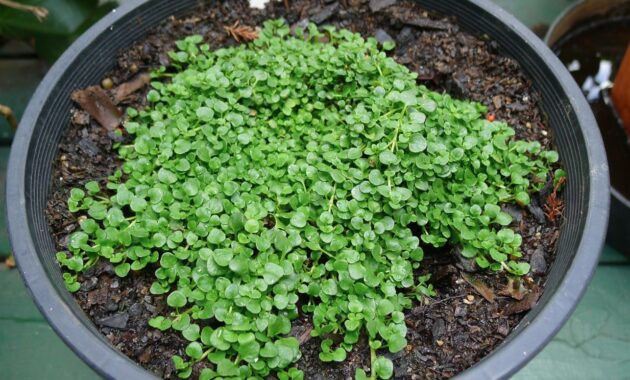
Conclusion
Mentha requienii is a delightful and versatile plant that can add beauty and fragrance to any garden. Its low-maintenance nature, attractive foliage, and fragrant blooms make it a popular choice for both novice and experienced gardeners. By following these care tips, you can enjoy the many benefits of this charming ground cover.
FAQs
- Can I eat Mentha requienii?
Yes, Mentha requienii is edible and can be used to flavor dishes and beverages. However, its flavor is more subtle than other mint varieties. - How often should I water my Mentha requienii?
Water your Corsican mint regularly, especially during dry periods. Allow the top inch of soil to dry out between waterings to prevent root rot. - Can I grow Mentha requienii in a shady area?
While Mentha requienii can tolerate some shade, it prefers full sun to partial shade. In shady conditions, it may become leggy and less fragrant. - How do I overwinter Mentha requienii in cold climates?
In regions with harsh winters, it’s best to grow Mentha requienii in containers and bring them indoors for the winter. Alternatively, you can cover the plant with a thick layer of mulch to protect it from freezing temperatures.
